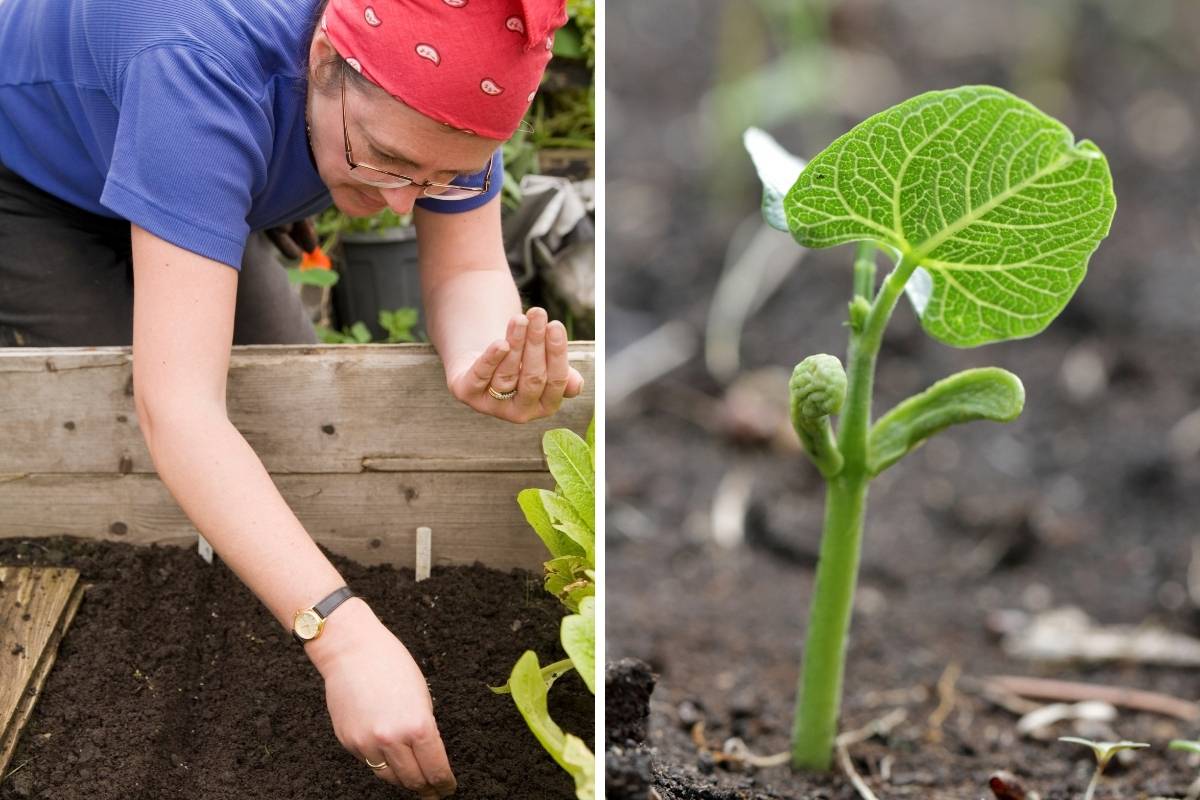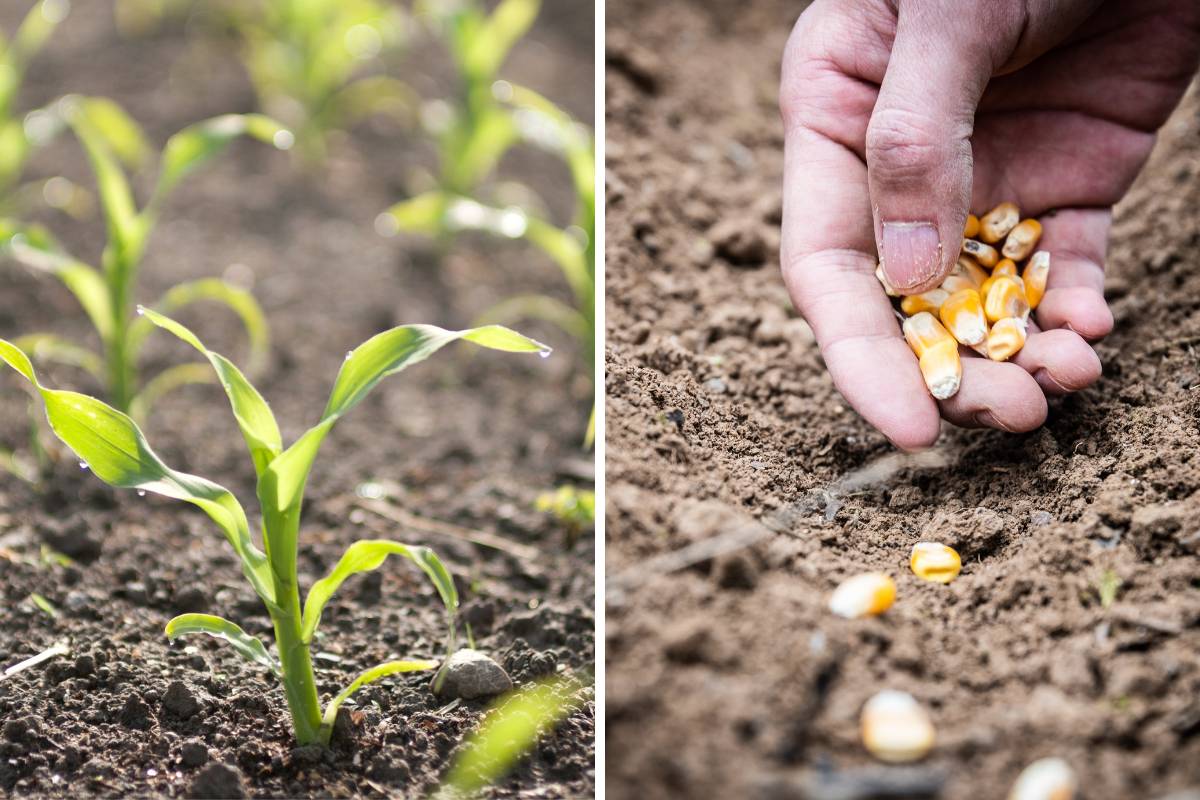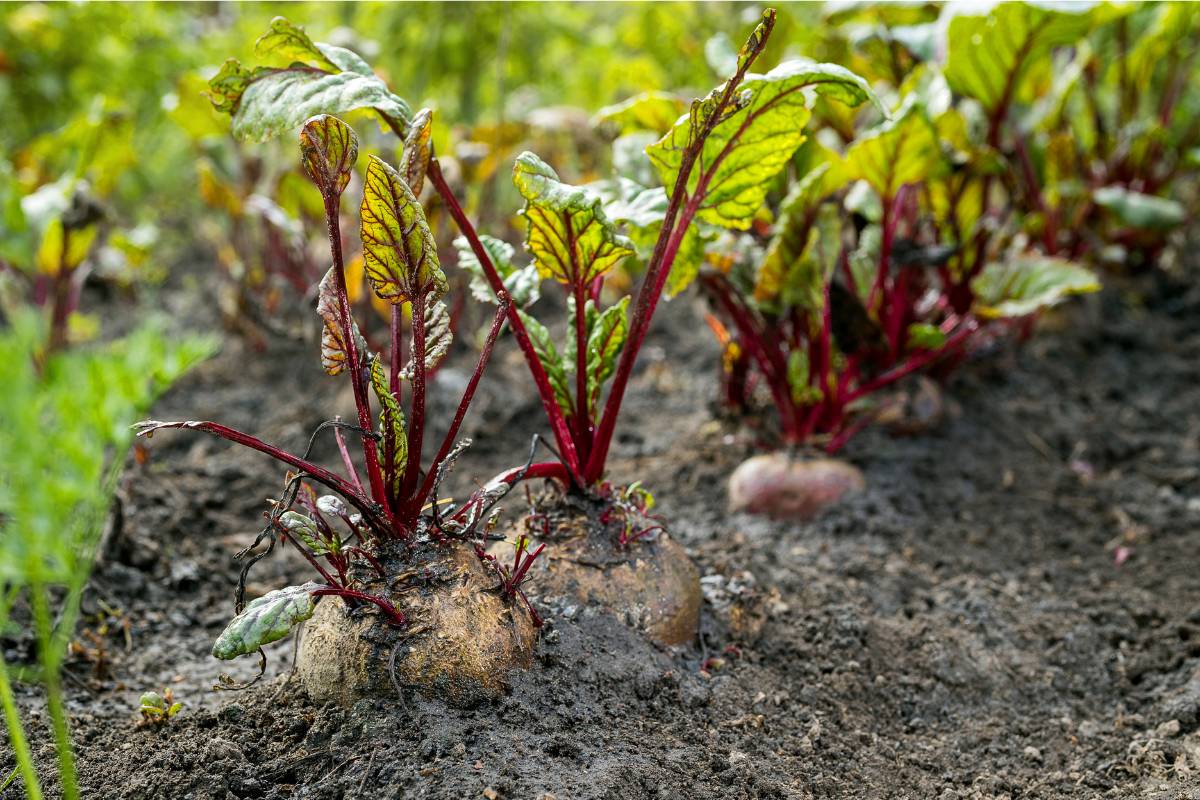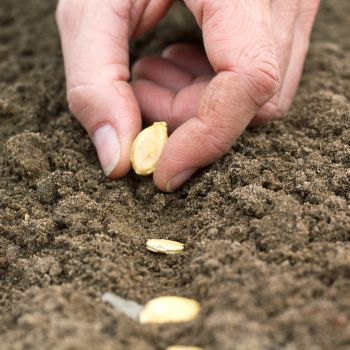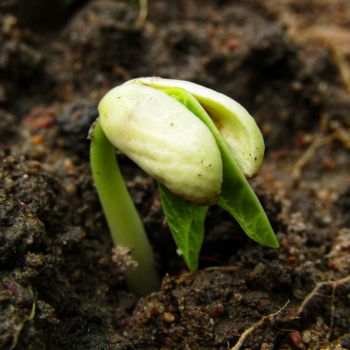Sowing seeds straight into soil is a truly satisfying activity, but figuring out which seeds to sow directly can be a bit of a puzzle. Different seeds have different preferences: some like it right where they'll grow, while others enjoy a head start in a container before settling into the garden. For many varieties of seed, gardeners can choose between the two options.
Let's explore what direct sowing is, when and why you should go for it, and which varieties are suited to this seed-raising technique.
What is Direct Sowing?
Direct sowing is as straightforward as it sounds – planting your seeds directly in the spot where your future harvest will flourish. The simplest of sowing techniques, direct sowing is a good choice when the outside temperature matches what seeds need to germinate, when seeds are likely to germinate reliably without too much attention, and when tender shoots can be protected from pests and other hazards.
Advantages of Direct Sowing
1. Save Time, Effort and Cost
Direct sowing is a breeze compared to the effort involved in raising seedlings. There’s no need to purchase seed raising mix and containers, and hours of labour can be saved fussing over seed trays and hardening off and transplanting seedlings.
2. Avoid Root Disturbance
Many plants simply thrive better when directly sown. Vegetables and herbs including beetroot, radish, turnip, carrot, coriander, parsley and dill start forming tap roots when the plants are young. Damaging them during transplanting can result in misshapen crops or a setback in growth. Direct sowing helps these varieties to flourish.
3. No Transplant Shock
Transplant shock can rattle any plant when it's moved from one spot to another. Changes in temperature, different soil or less access to moisture can all throw the plant off balance. Direct sowing your seeds has the advantage of sidestepping transplant shock entirely.
4. Skip Hardening Off
Planting directly in the garden lets your plants acclimatise to their surroundings from day one. There’s no need to worry about hardening off to ease the transition from a protected, cosy indoor setup to the unpredictable conditions outdoors.
A Few Things to Keep in Mind...
1. Temperature and Timing
For germination to occur the outside temperature needs to be reliably within a suitable range. In cooler climates, gardeners must bide their time before temperatures climb in spring. If an early start to the season is desired, raising seeds indoors may be a preferred option.
Added to this, plants outdoors are subject to the whims of changing weather, including erratic temperature fluctuations, hot sun, heavy rain and unexpected late frosts, which can slow growth and set back, or in some cases kill, vulnerable seedlings.
2. Pests
Seeds sown in the garden are vulnerable to predators including slugs, snails and ants. Some pests, such as cutworm, may not worry larger seedlings but can seriously damage smaller ones. Birds and rodents can also take a liking to tender young shoots, so protection in the form of netting or cloches is sometimes needed.
3. Weeds
It's tempting to skip the soil preparation stage when sowing direct. But there's a risk that the time and effort you save direct sowing may be quickly consumed dealing with weeds around your germinating seeds. Weed outbreaks from the soil seed bank are not uncommon in recently disturbed soil, such as where seeds have been planted. A weed-free growing space is essential so your seedlings can access all the moisture and nutrition they need without competition.
4. Growing Space
For gardeners with limited growing space, there’s an advantage to starting seeds in seedlings trays while an existing crop is nearing maturity. This overlap can mean soil isn’t left bare at any stage, and allows plants to be grown efficiently in succession.
Which Seeds Prefer Direct Sowing?
Look at any seed packet and there will be advice about whether to raise seedlings, direct sow, or choose between the two methods. The following seeds are ones that are commonly sown directly:
- Legumes: bean, pea
- Root and bulbing vegetables: radish, beetroot, carrot, parsnip, turnip, burdock, salsify, kohlrabi, mangel wurzel
- Cucurbits: pumpkin, melon, squash, cucumber, zucchini, bitter melon, cucuzza, luffa
- Herbs: coriander, parsley, dill, fennel
- Others: spinach, corn
How to Direct Sow Seeds
Preparing the soil is key for optimal germination and root growth when direct sowing. Remove rocks, sticks and weeds, break up clumps of soil, and add organic matter if the soil needs a boost. Avoid excessive digging to maintain structure and prevent weed seeds from sprouting. Smooth the bed with a rake, water lightly, and follow the seed packet instructions for seed depth and planting. For tiny seeds, scattering the seeds followed by a gentle press into the soil is an easy and effective technique.
Follow up with frequent watering using a watering can or mist setting on a garden hose to ensure the soil stays consistently moist. Once the first shoots emerge, be vigilant about slugs, snails and other pests. Your seedlings will then be on their way to becoming healthy, productive plants.
So give your seeds the perfect start, straight from the get-go, by planting them directly in the soil. Happy direct sowing!
.jpg)
